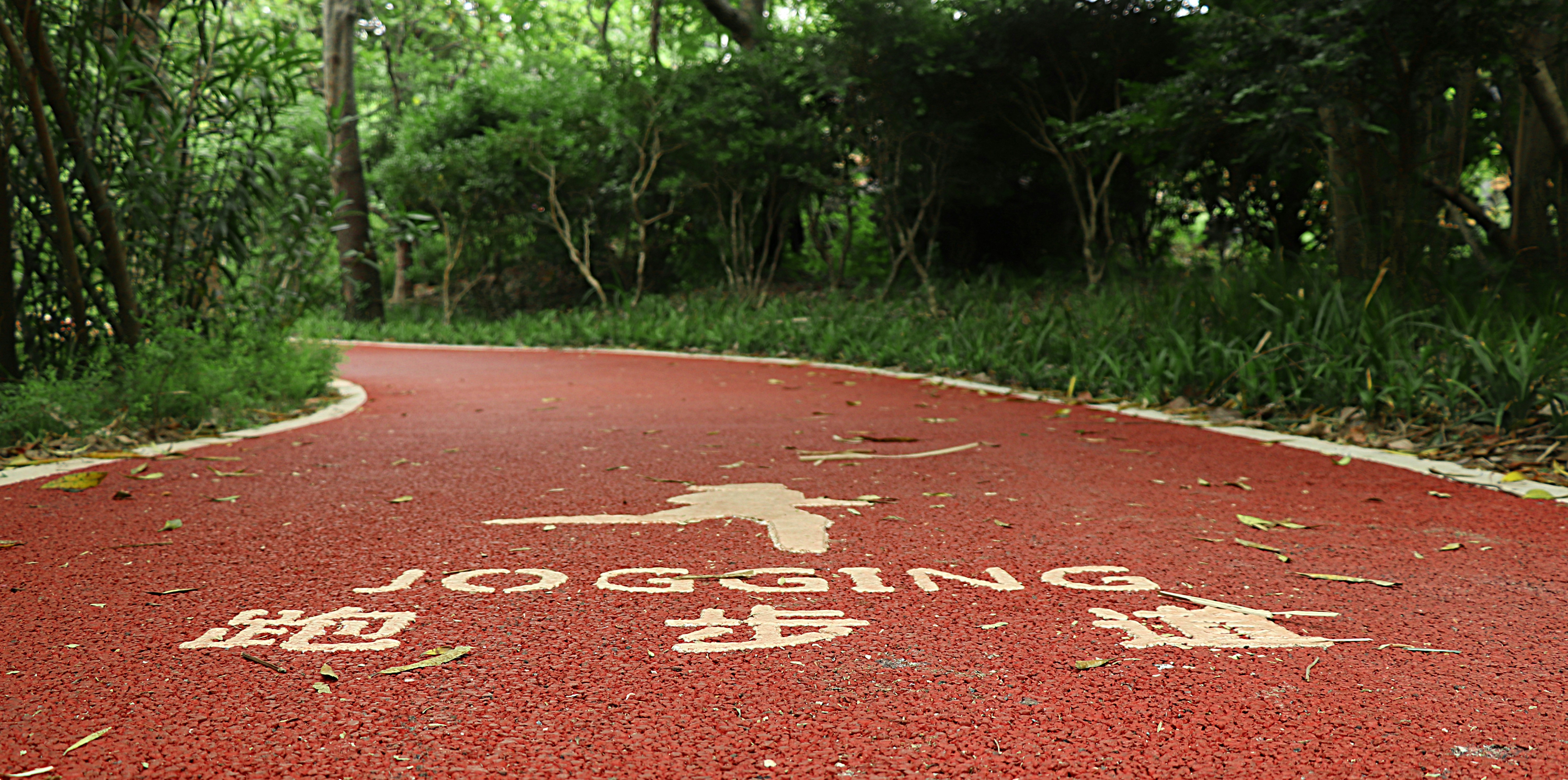Understanding the Connection Between Walking and Stress Relief
Walking serves as a straightforward yet profound means of physical activity that can significantly alleviate stress. Numerous studies have demonstrated that engaging in regular walking reduces cortisol levels, the hormone associated with stress. When cortisol is elevated, it can negatively affect mental health and overall well-being. Walking helps counter this by promoting physiological changes that foster relaxation and mental clarity.
During the act of walking, the body experiences an increase in endorphin production. Endorphins, often referred to as “feel-good” hormones, play a crucial role in enhancing mood and providing a natural sense of euphoria. This biochemical response directly contributes to a reduction in feelings of stress and anxiety, creating a more balanced mental state. Additionally, the rhythmic nature of walking can create a meditative effect, allowing individuals to process their thoughts and emotions while engaging in this low-impact exercise.
Beyond the physiological changes, walking also yields significant psychological benefits. For instance, studies indicate that individuals who walk regularly report an improved mood and sharper cognitive function. This cognitive enhancement is particularly important, as it allows for better decision-making and problem-solving skills, further reducing the mental strain that often accompanies stress. The combination of physical activity and exposure to natural surroundings creates a holistic approach to managing stress levels.
In sum, the connection between walking and stress relief is grounded in both physiological and psychological transformations that occur in the body. By participating in this simple activity, individuals can leverage the benefits of reduced cortisol levels, increased endorphin release, and cognitive improvements to foster a more relaxed and positive state of mind.
The Benefits of Regular Walking for Mental Health
Regular walking has emerged as a simple yet powerful physical activity that can significantly improve mental health. Engaging in consistent walking routines has been shown to enhance mood, alleviate feelings of anxiety, and combat symptoms of depression. The rhythmic nature of walking, combined with the physiological responses it elicits, facilitates the release of endorphins—hormones that naturally uplift mood and contribute to a positive mental state.
Numerous studies indicate that walking, even for short durations, can lead to substantial improvements in emotional well-being. For instance, individuals who incorporate regular walks into their daily lives often report decreased levels of stress and an increase in overall happiness. A 30-minute walk in a natural setting can heighten feelings of calm and relaxation, further promoting effective stress management strategies.
Moreover, walking serves as a medium for mindfulness and self-reflection. When individuals take the time to walk without distractions, they allow their minds to wander, fostering an introspective environment that can lead to valuable insights. This tranquil period can effectively reduce anxiety by enabling individuals to process their thoughts and emotions, thereby promoting mental clarity. Anecdotal evidence suggests that people who use walking as a form of meditation often experience enhanced focus and creativity in their daily lives.
Additionally, the social aspect of walking cannot be overlooked. Group walks or walking with a friend can create a sense of community and belonging, which are essential elements in combating feelings of isolation commonly associated with depression. Walking together encourages conversation and shared experiences, cultivating supportive relationships that contribute to improved mental health.
In summary, the numerous benefits of regular walking, including mood enhancement, anxiety reduction, and personal reflection, make it an accessible and effective activity for anyone seeking improved mental well-being.
Tips for Incorporating Walking into Your Daily Routine
To effectively integrate walking into your daily routine, it is essential to develop a structured approach that transforms this simple physical activity into a habitual practice. One effective strategy is to set specific times for your walks. Allocating dedicated time slots, whether in the morning, during lunch breaks, or post-work hours, can significantly increase the likelihood of staying consistent. Utilizing a calendar or setting reminders on your phone can also help solidify this intention and create accountability.
Another practical method is to use walking as a mode of commuting. If feasible, consider walking to work or opting for public transport that requires some walking to and from stops. This not only adds to your daily step count but also allows you to incorporate physical activity seamlessly into your routine, making it feel less like a chore and more like a natural part of your day.
In addition to scheduled walks, integrating short walking breaks throughout your day can be highly beneficial. For instance, setting aside five to ten minutes every hour to stretch your legs can relieve tension and refresh your mind. These brief interludes can even improve productivity and overall well-being, making your workday more enjoyable.
Creating enjoyable walking experiences can further enhance the stress-relief benefits of this activity. Choosing scenic routes, such as parks or nature trails, can make walking a more enriching experience. Additionally, consider listening to music or podcasts while walking to engage your mind and elevate your mood. Combining these pleasurable elements with your walking routine can transform it into a delightful and stress-relieving habit that you look forward to each day.
Creating a Supportive Walking Community

Establishing a supportive walking community can significantly enhance one’s commitment to maintaining a regular walking routine. Engaging in physical activity, particularly walking, is often more satisfying and motivating when shared with others. Participating in walking groups or community events fosters a sense of belonging and accountability, crucial elements in developing long-lasting habits. A supportive environment encourages individuals to step out of their comfort zones, thereby increasing their overall participation in walking activities.
Joining organized walking groups not only enhances motivation but also provides emotional support among peers. The shared experience of walking can facilitate camaraderie, wherein participants can discuss their personal goals, challenges, and achievements. These interactions often lead to strong friendships that extend beyond the activity itself, making the act of walking more enjoyable and less of a solitary endeavor. Moreover, research indicates that social support can decrease feelings of stress and anxiety, further promoting enhanced mental well-being during physical activity.
Creating walking groups can be as simple as bringing together friends, family, or coworkers for regular walks. Alternatively, individuals may explore local community centers or online platforms where walking groups are organized. Virtual walking clubs have become increasingly popular, allowing individuals to connect with others from various locations, share tips, and celebrate each other’s progress in real-time. Utilizing social media platforms can also help in disseminating information about scheduled walks, sharing motivational content, and encouraging members to participate.
Ultimately, the essence of a supportive walking community lies in promoting engagement and connection among participants. Whether through face-to-face interactions or virtual meetups, individuals are more likely to stick to their walking commitments when surrounded by like-minded people who share similar fitness goals. Establishing this support network can transform walking from a simple activity into a lifestyle change that contributes positively to both physical and mental health.












